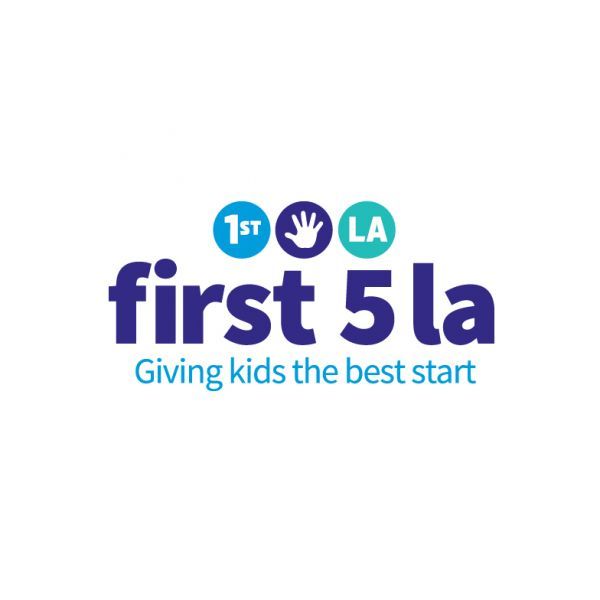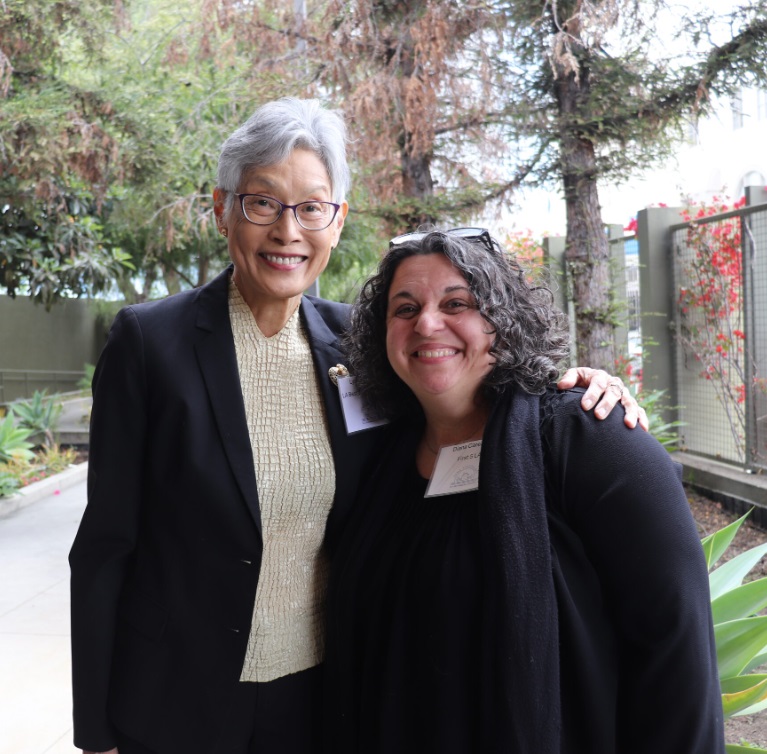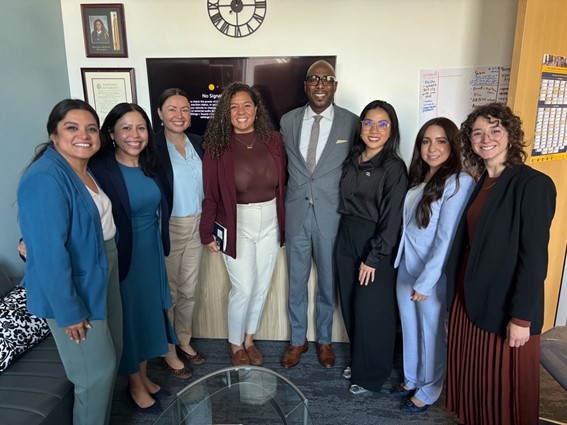January 26, 2023
Earlier this month, California Gov. Gavin Newsom unveiled his initial budget proposal for the 2023-24 fiscal year — a $297 billion total spending plan that features $223.6 billion in General Fund spending and $22.5 billion in total budgetary deficits. The proposed reductions in this year’s spending proposal offer a stark contrast to the 2021-22 budget’s record surplus of $101 billion. Newsom warns that the 2022-23 deficit could grow and that the May Revise may look drastically different than the January proposal, depending on how economic conditions change in the coming months. As such, the proposed budget keeps the state’s fiscal outlook at the forefront and does not include any signature investment or overarching policy priority theme. Instead, it focuses on implementing spending from the 2021-22 and 2022-23 state budgets and ”keeping promises” from previous investments — particularly those for families with young children and the systems that support them.
Key examples of promises made in previous years as they relate to family-serving systems can be seen in the budget’s introduction, where Newsom highlights how the proposal builds on past years’ goals of expanding child care and transitional kindergarten (TK) and making health care affordable and accessible. Previous efforts related to TK and expanded child care access also feature prominently in a section titled “Sustaining Key Investments While Closing the Budget Gap,” as does the California Advancing and Innovating Medi-Cal (Cal AIM) reform effort and CalWORKs cash assistance for families.
In 2021, Newsom laid out a vision to fill 200,000 child care seats by 2025-26. Among the efforts to meet this goal is a proposed framework for developing a single rate reform structure for child care providers across the state. In 2021, a Joint Labor Management Committee (JLMC) was established by the state and Child Care Providers United (CCPU), while in early 2022, a Rate and Quality Stakeholder Workgroup was convened to assess the methodology for reimbursement rates and quality standards for child care and development programs and preschool programs. The proposal includes four elements related to rate reform: 1) an alternative methodology that considers a cost estimation model; 2) base rates; 3) incentives/enhancement rate-setting metrics; and 4) evaluation of the rate structure. The administration is currently in negotiations with CCPU.
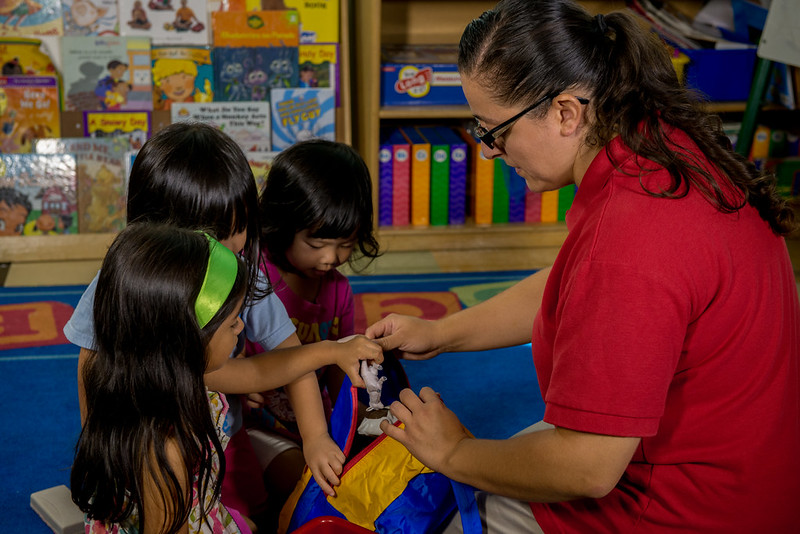
A critical part of First 5 LA’s advocacy efforts in the coming year will be ensuring the development and implementation of an equitable system for rate reform that recognizes the essential and challenging work of child care providers. Greater compensation for providers will not only help ensure young children and their families access child care resources — especially as the costs of operation have increased significantly in the wake of the pandemic — but will be necessary for Newsom to actualize his 2021 promise to expand child care seats by 2025-26.
Due to budgetary challenges now facing the state, Newsom proposed certain funding delays, budget pullbacks and trigger reductions. Specific actions, such as delaying the implementation of certain spending into future years when the economy is stronger, could save an anticipated $7.4 billion this year. The state Assembly budget blueprint considers a broadly similar approach and plans to reevaluate the timing of planned one-time expenditures that could potentially shift billions of 2020-23 expenditures to later years. Some of these proposed funding delays or trigger cuts include:
- A delay in $550 million in funding for the Full-Day Kindergarten (FDK) grant program, which supports the construction or conversion of school facilities into preschool and TK classrooms, from 2023-2024 to 2024-2025. Newsom also wants to delay the start of $10 million in annual funding for Preschool Inclusion grants for two years, from 2022-2023 to 2024-2025.
- A proposed $3.9 billion in “trigger cuts” — appropriations that would only go into effect if future fiscal considerations allow. Most triggers relate to environmental or climate-related programs, transportation and housing investments.
- A reduction to spending on public health, including $47.7 million less for workforce and training development over four years and $614 million less on California’s Emergency Relief Fund. Both reductions stem from assumptions that previously anticipated need related to COVID-19 is now significantly lessened or unnecessary.
- Measures to increase revenue collection, such as reinstating a tax on Managed Care Organizations (MCO) to provide greater financial stability to the Medi-Cal system and bring in new revenue. This anticipates offsetting $6.5 billion in General Fund spending over three years starting in 2024. More details and specific language on this MCO tax proposal will be released in the future as a trailer bill.
Last year’s adopted state budget included two policies important to First 5 LA strategic priorities as triggers. Newsom’s January budget proposal for 2023-24 discusses both:
- Cash grants through CalWORKs: The 2022-23 adopted state budget included a trigger related to increasing by 11% the level of cash grants families receive through the CalWORKs program. This would prevent any children in California from growing up in deep poverty, but the administration will only implement it if sufficient financial resources are available in 2024. Newsom’s 2023-24 January budget proposal does call for a 2.9% increase to the maximum aid payment levels through CalWORKs, increasing grants from $1,130 to $1,163 per month for a family unit of three residing in a high-cost county. That increase, which will be updated at the May Revision, is separate from the previous 11% commitment.
- Continuous Medi-Cal eligibility: The 2022-23 adopted state budget included a trigger related to continuous Medi-Cal eligibility for children prenatal to age 5. While the January budget proposal does not discuss the trigger investment itself, it does acknowledge that the administration has not yet accounted for a newly accelerated timeline related to Medi-Cal redeterminations. Due to provisions in the recently passed federal Omnibus spending bill and regardless of future public health emergency (PHE) extensions, continuous Medi-Cal coverage will end in April 2023, which may result in children losing access to health coverage earlier than expected. The Department of Health Care Services is evaluating the impact of the federal legislation and will reflect it in the May Revise. Both continuous access to health care and sufficient financial resources for families are critical for children to develop optimally, especially those from historically underserved and disadvantaged communities.
California’s economic trajectory adds uncertainty to the budget development process and Newsom’s May Revise, and plans from the Legislature may look different from the January version. Despite the current $22.5 billion deficit, Newsom has so far neither proposed making large cuts to programs and services nor utilizing any of the state’s $35.6 billion in total budgetary reserves. However, Newsom cautioned that there may be cuts in the May Revise or the final budget if the state’s economy enters a recession and/or the current deficit grows.
California’s fiscal condition depends greatly on tax revenue from high earners and, as such, the strength of the stock market, making California especially sensitive to the impacts of Federal Reserve decisions on interest rate increases to combat inflation. Newsom said this initial proposal reflects a “fluid, flexible mindset.” But predicting stock market performance is notoriously difficult, and economists have offered a range of possible trajectories in the coming year.
Key highlights of the Governor’s 2023-24 January Budget Proposal related to First 5 LA’s priorities include:
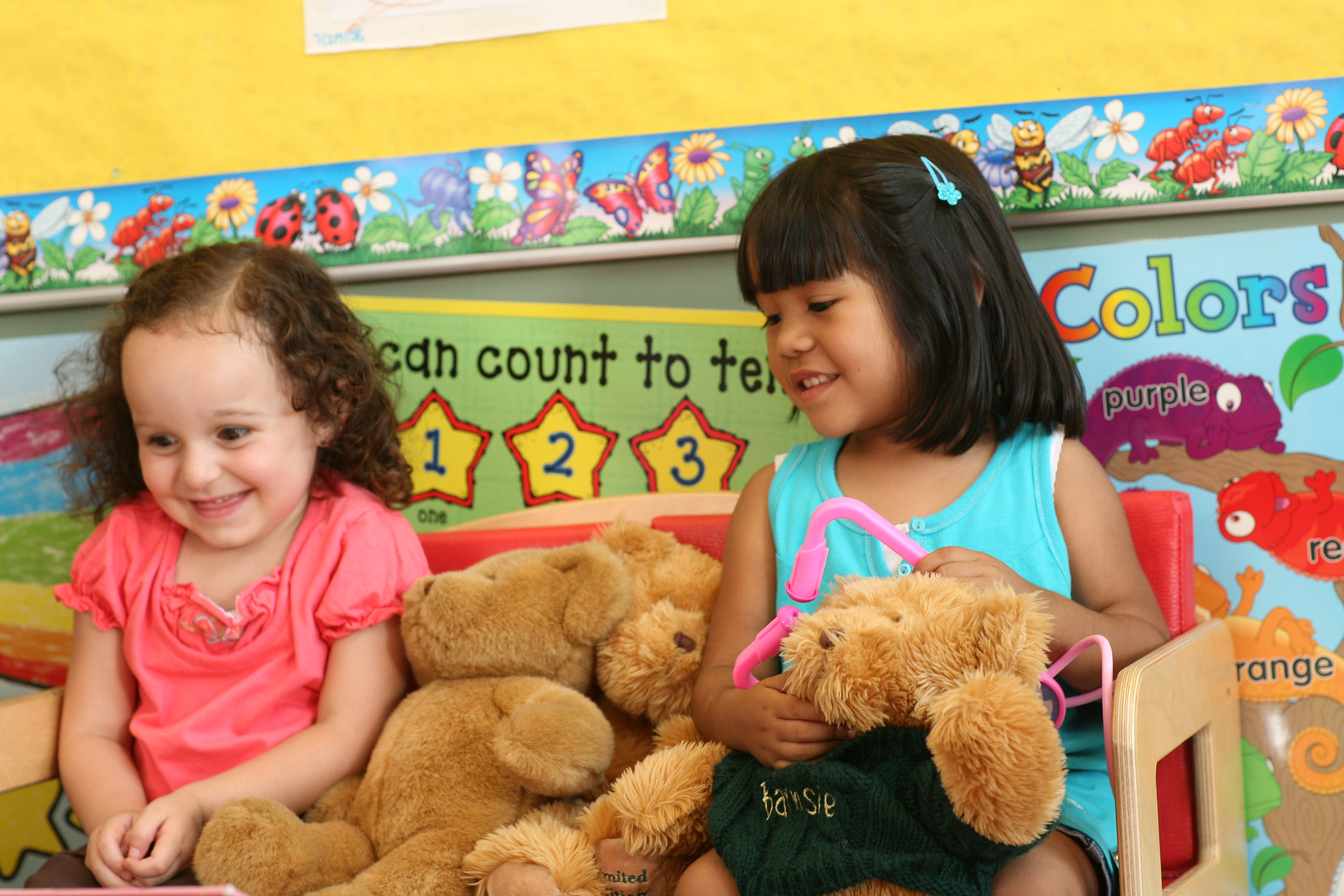
Children have high quality early care and education experiences before kindergarten.
Newsom‘s January budget proposal includes the following:
.
- The maintenance of California’s commitment, initiated as part of the 2021-22 Budget Act, to increase child care access. Newsom‘s budget proposal continues funding for 110,500 subsidized child care spaces added in 2021-22 and another 36,000 new slots added in 2022-23, with the goal of eventually funding over 200,000 expanded slots. However, due to low child care provider wages, the effects of the ongoing pandemic, and other challenges, thousands of newly available spaces have not yet been filled. To accommodate the time necessary to utilize new child care expansions, Newsom proposes to delay the funding for an additional 20,000 child care spaces from 2023-24 to 2024-25.
- $690 million to implement the second-year expansion of Transitional Kindergarten (TK) and $165 million to support one additional certificated or classified staff person in TK classrooms. The proposed budget also decreases the current first-year investment from $614 million to $604 million for TK expansion and reduces the current first-year investment to add one additional certificated or classified staff person to every transitional kindergarten class from $383 million to approximately $337 million. Complete implementation is expected by fall 2025, with every 4-year-old eligible for TK.
- $10 million General Fund for Resource and Referral (R&R) agencies across the state. R&R programs received similar increases in the last two budget years through the federal American Rescue Plan Act (ARPA) to support added workloads due to the pandemic.
- A delay in the annual implementation of Preschool Inclusion Grants from 2022-2023 to 2024-25. The 2022-23 adopted state budget included a $10 million General Fund grant program to support the inclusion in preschool of 3- and 4-year-olds with different abilities. Funds, when they become available, can be used for facility modifications or staff training.
- $301.7 million General Fund to support an annual Cost of Living Adjustment (COLA) of 8.13% for applicable Child Care and Development Programs.

Children receive early developmental supports and services and are safe from abuse, neglect, and other trauma
Newsom‘s January budget proposal includes the following:
- A yet-to-be-determined amount of funding for the Health and Human Services Innovation Accelerator Initiative. This initiative would enhance research and development to create solutions that address health disparities, such as focusing on diabetes-related morbidity and mortality, addressing disparities in maternal and infant mortality faced by women and their babies, and preventing and mitigating infectious diseases. This program will also create a State Innovation Transition Team to enhance innovation within safety-net programs.
- $1.2 billion (General Fund) allocated annually by 2024-25 to fully implement Developmental Services Provider rate reform. This funding intends to improve the quality of services and address disparities, as well as increase access for families that qualify for supports. Newsom’s proposal is also recommending rate reform for developmental services and annual funding that would implement these reforms; however, only a framework of principles for much-needed rate reform in the child care sector was provided.
- $6.1 billion allocated over five years for DHCS and the Department of Social Services to implement the Behavioral Health Community-Based Continuum Demonstration, effective January 1, 2024. This expands behavioral health services for Medi-Cal beneficiaries living with serious mental illness and serious emotional disturbance, with a focus on children and youth, among others. The Demonstration focuses on improving systems integration for foster children, strengthening community-based services, clarifying coverage for evidence-based therapies and home-based services for children and families, adding critical treatment and supports, building statewide centers to support practice transformations, and covering certain community-based services for high-need beneficiaries.
- $1 billion (General Fund) is maintained for the Department of Health Care Access and Information (HCAI) workforce to provide funding for increasing nurses, community health workers and social workers, and to support behavioral health, primary care, and reproductive health workforce development. This maintains a commitment from the 2022-23 Budget Act, with $68 million provided in 2022-23 and $329.4 million in 2023-24 for certain HCAI healthcare workforce programs. However, the appropriation of further funding will be deferred, with $198.7 million in both 2024-25 and 2025-26.
- $2.8 billion for the Home- and Community-Based Services (HCBS) spending plan, representing a $60 million reduction compared to the 2022-23 Budget Act. The HCBS spending plan includes initiatives related to the HCBS Provider Workforce Expansion, Language Access and Cultural Competency Orientations and Translations for Regional Center consumers, Enhanced Community Integration for Children with Intellectual and Developmental Disabilities (IDD), and Social Recreation and Camp Services for Regional Center Consumers.

Families optimize their child’s development
Newsom’s January budget proposal includes the following:
.
- $7.4 billion for California Work Opportunity and Responsibility to Kids (CalWORKs) program expenditures. This includes funding for a 2.9% increase to CalWORKs Maximum Aid Payment levels is proposed, estimated to cost $87 million in 2023-24. The grant increase proposal will be reevaluated in the May Revise.
- $22.7 million ($8.6 million General Fund) in 2023-24 and $57.1 million ($21.7 million General Fund) ongoing for primary care and obstetric care provider increases under the Designated State Health Program (DSHP). According to DHCS, beginning in 2024, primary care providers will receive a 10% increase in fee-for-service for all codes under 80% of Medicare, while obstetric and doula care will receive a 10% increase in both fee-for-service and managed care. These increases represent a demonstration of compliance with minimum reimbursement levels to qualify for federal funding under the anticipated reauthorization of DSHP.
- Maintenance of a $200 million investment dedicated to safe and accessible reproductive health care and an additional $200 million for Reproductive Health Services in 2024-25 to support access to family planning and related services, system transformation, capacity, and sustainability of California’s safety net.
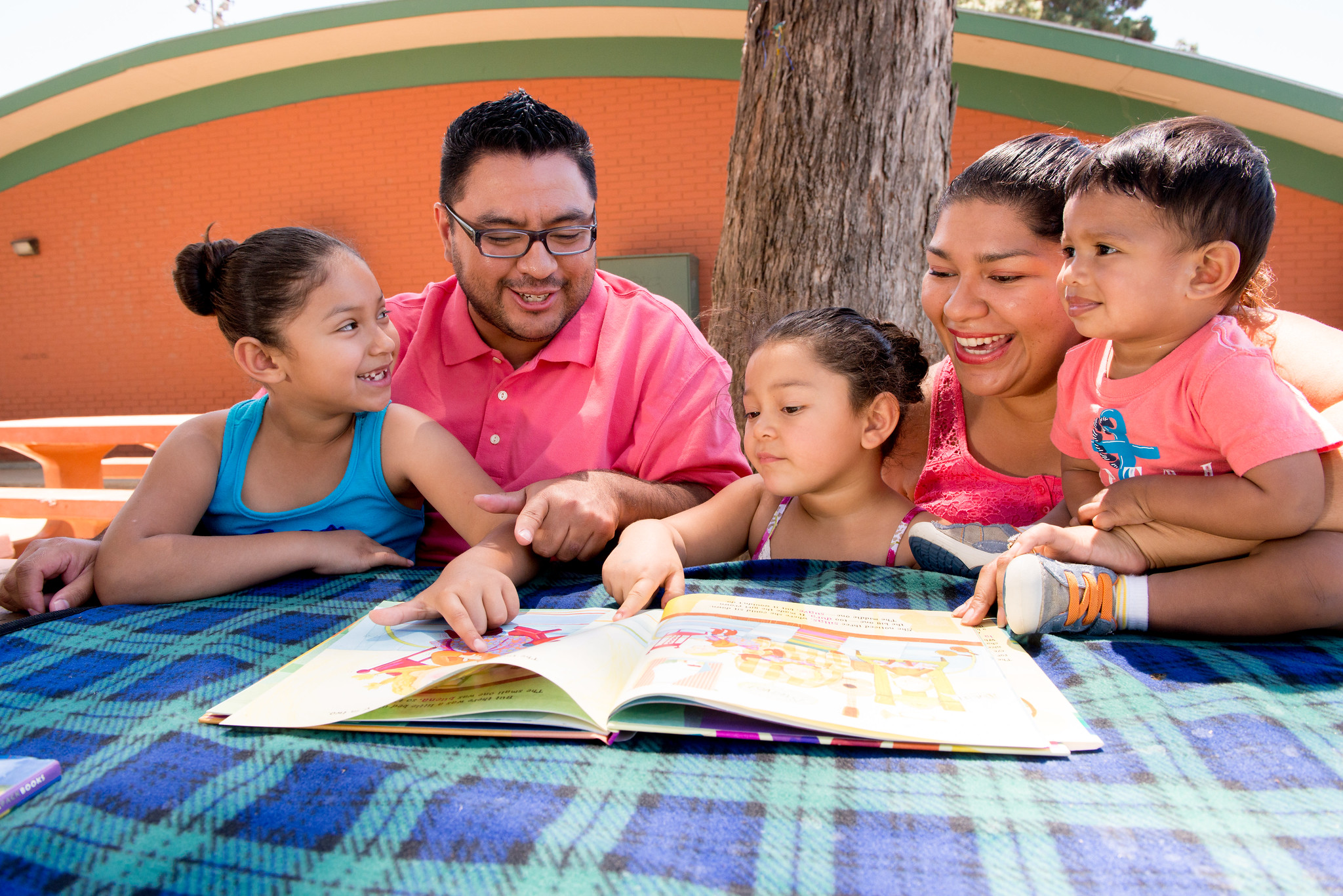
Priorities aligned with First 5 LA’s long-term systems outcomes, L.A. County regional priorities, and Best Start Community Change agendas
Newsom‘s January budget proposal includes the following:
.
- $3.4 billion to maintain the state’s efforts to address homelessness. This total also includes $400 million for a third round of encampment resolution grants and $1 billion for a fifth round of Homeless Housing, Assistance and Prevention (HHAP) grants.
- A proposal to revert $200 million of the $500 million (one-time General Fund) in 2023-24 for the Dream for All program to provide shared-appreciation loans to help low- and moderate-income first-time homebuyers achieve homeownership.
- Funding initiated as part of the 2022-23 Budget Act to expand full-scope Medi-Cal eligibility to income-eligible California residents, regardless of immigration status. Last year’s adopted budget included $835.6 million ($626.1 million in General Fund) for the 2023-24 fiscal year and $2.6 billion ($2.1 billion General Fund) at full implementation and annually thereafter, inclusive of In-Home Supportive Services (IHSS) costs, to expand full-scope eligibility to all income-eligible adults aged 26 through 49 regardless of immigration status. This funding will ensure all income-eligible Californians have access to health care through Medi-Cal.
- $1.4 billion to reimburse school meals and ensure all students who want a meal will have access to two free meals each day. However, there will be a reduction of $20.6 million (General Fund) in 2021-22 and $8.9 million in 2022-23 across the Urban Agriculture Program, Healthy Refrigeration Grant Program, and Farm to Community Food Hubs Program. This maintains approximately $98 million (77%) for healthy, resilient, and equitable food system programs.
- An $80 million reduction in funding to support vaccine-related public education and outreach campaigns through the California Emergency Relief Fund administered by the newly established Office of Community Partnerships and Strategic Communications. The funding, down from a one-time $230 million appropriation provided in the 2022-23 budget, likely reflects declining demand for COVID-19 vaccines.
- $300 million in one-time General Fund for fiscal year (FY) 2023-24 and $250 million in one-time General Fund for FY 2024-25 to complete the Broadband Middle Mile Initiative, with budget deferrals of $550 million in future years to fund the California Public Utilities Commission (CPUC) for infrastructure grants and deferrals of $175 million to fund the CPUC Loss Reserve Fund.
- A $150 million reduction to the Statewide Parks Program through FY 2024-25, with $230 million already allocated in previous budgets remaining. The grant program creates new parks and recreation opportunities in underserved communities across California.
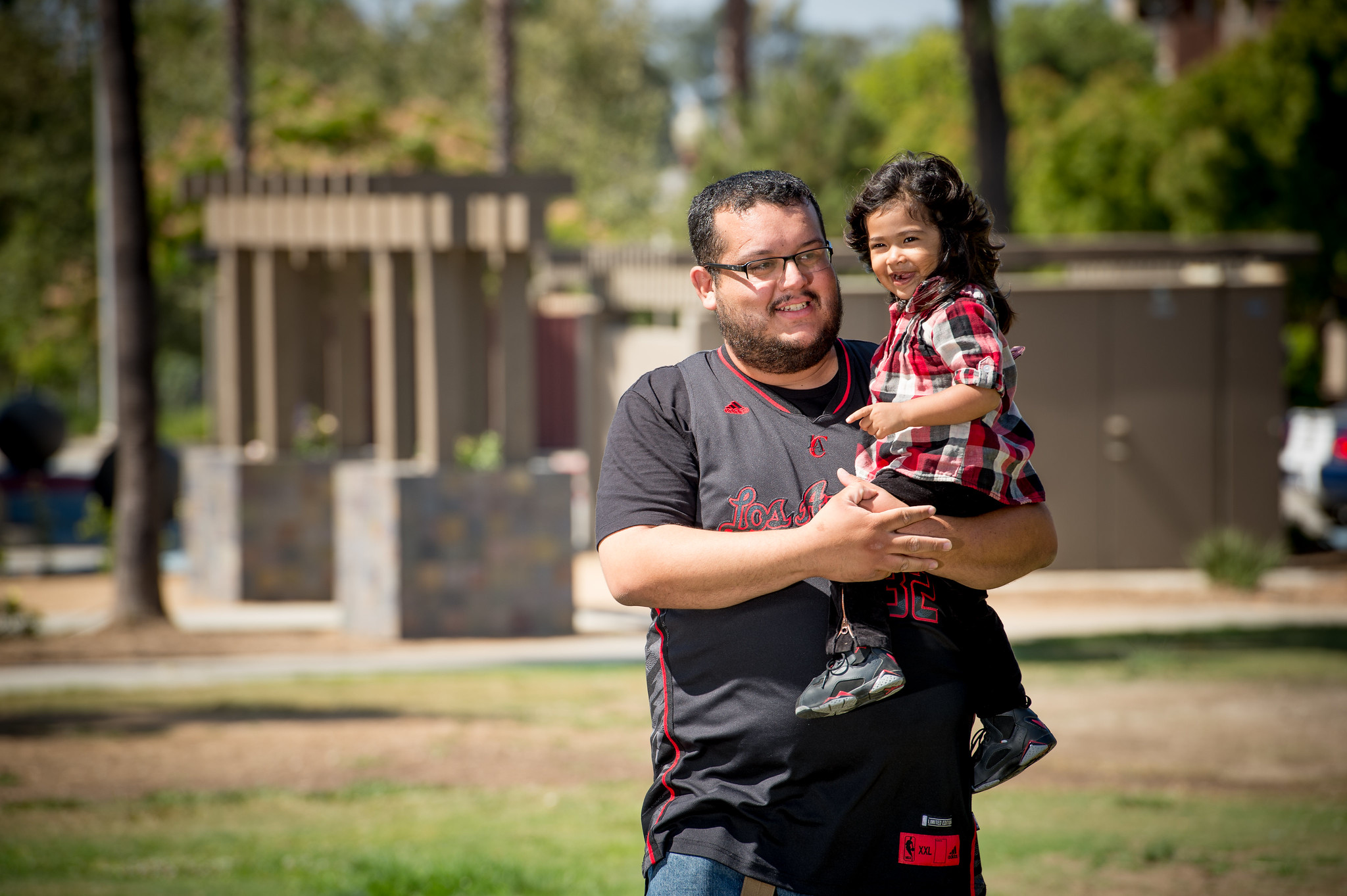
Next Steps
The January proposal is a starting point for future budget development and negotiations between the Newsom administration and state lawmakers. The administration will now begin developing a May Revise budget that reflects updated revenue and/or policy forecasts. In the meantime, the Assembly and Senate Budget Committees will hold hearings to develop their own budgetary priorities, eventually writing proposals of their own. After the release of the May Revise, the Legislature will finalize its version of the budget in June. Following negotiations with lawmakers, Newsom must sign the state’s finalized 2023-24 budget by June 30.


